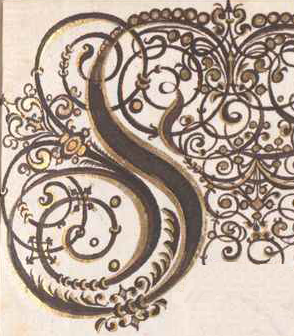James Hewitt
Forum Replies Created
-
AuthorPosts
-
James HewittParticipant
Time for the next assignments before the class on Monday:
-Using the melody you have, write a second voice (in 6ths) and a bass (which is alternately a third and fifth below the melody). Of course, not all the notes of your melody will be the main’ harmony notes. At beginnings and ends, the upper voice normally goes to an octave, or sometimes a fifth to make a cadence.
And sometimes, to make it work out, you may also need an occasional unison in the bass. In the class, we will be teaching each other our melodies and counter melodies by ear.– in the repertoire you are playing, look for a couple of bars which which use the pattern of parallel motion in 6ths or 3rds in two voices, and alternate 3rds and 5ths with bass and another voice. Think of a harmonic reduction, doing that enables you to see how the composer has ‘improvised’ on the basic voice leading pattern. In the class we’ll be doing some analysis by playing some short excerpts of pieces and reduction together, here is an example attached, a few bars from Allamande of Bach d minor Partita.
Looking forward to Monday,
James
Attachments:
James HewittParticipantHere’s mine,
jumped ahead a little to the next stage of the assignment, to write a second part in 6ths and a bass (the melody is in the tenor). And, also as an example how text can be used as an inspiration for the phrasing and shape of the of melody.James
Attachments:
James HewittParticipantHello
Just wanted to give a little background information to the last class,
For a short overview of Guilimus Monachus, and the parallel sixths schema we discussed at the last lesson see: http://www2.ouk.edu.tw/yen/grove/Entries/S11988.htm
For an idea of how such schemas can be used in practice and improvisation style in late 15th Century, the Buxheimer Orgelbuch (1460/1470), contemporary with Monachus.
https://www.youtube.com/watch?v=NkVL4QLlAfA (there are also many more youtube videos and a lot of the music is also available on ISMLP)La Folia ‘Rodrigo Martinez’ version played by Jordi Saval, The same as we ended the class with but the tenor is a different rhythm.
Heinrich Issac ‘Innsbruck Ich Muss Dich Lassen’:
https://www.youtube.com/watch?v=rI712ZGflAQ, you can hear (and see the music in the video) a lot of parallel 6ths between the tenor and upper voice.If you’d like to read a little more in depth, the following two articles might be interesting:
Improvisation and Polyphony in Mexico:
http://digitool.library.mcgill.ca/webclient/StreamGate?folder_id=0&dvs=1505995370905~414the following article might be a little technical but discusses how the schemas are used in compositions by Heinrich Isaac:
‘Composing Imitative Counterpoint around a Cantus Firmus- two motets by Heinrich Isaac’
http://digitool.library.mcgill.ca/webclient/StreamGate?
folder_id=0&dvs=1505995142839~989James
- This reply was modified 6 years, 7 months ago by James Hewitt.
-
AuthorPosts
